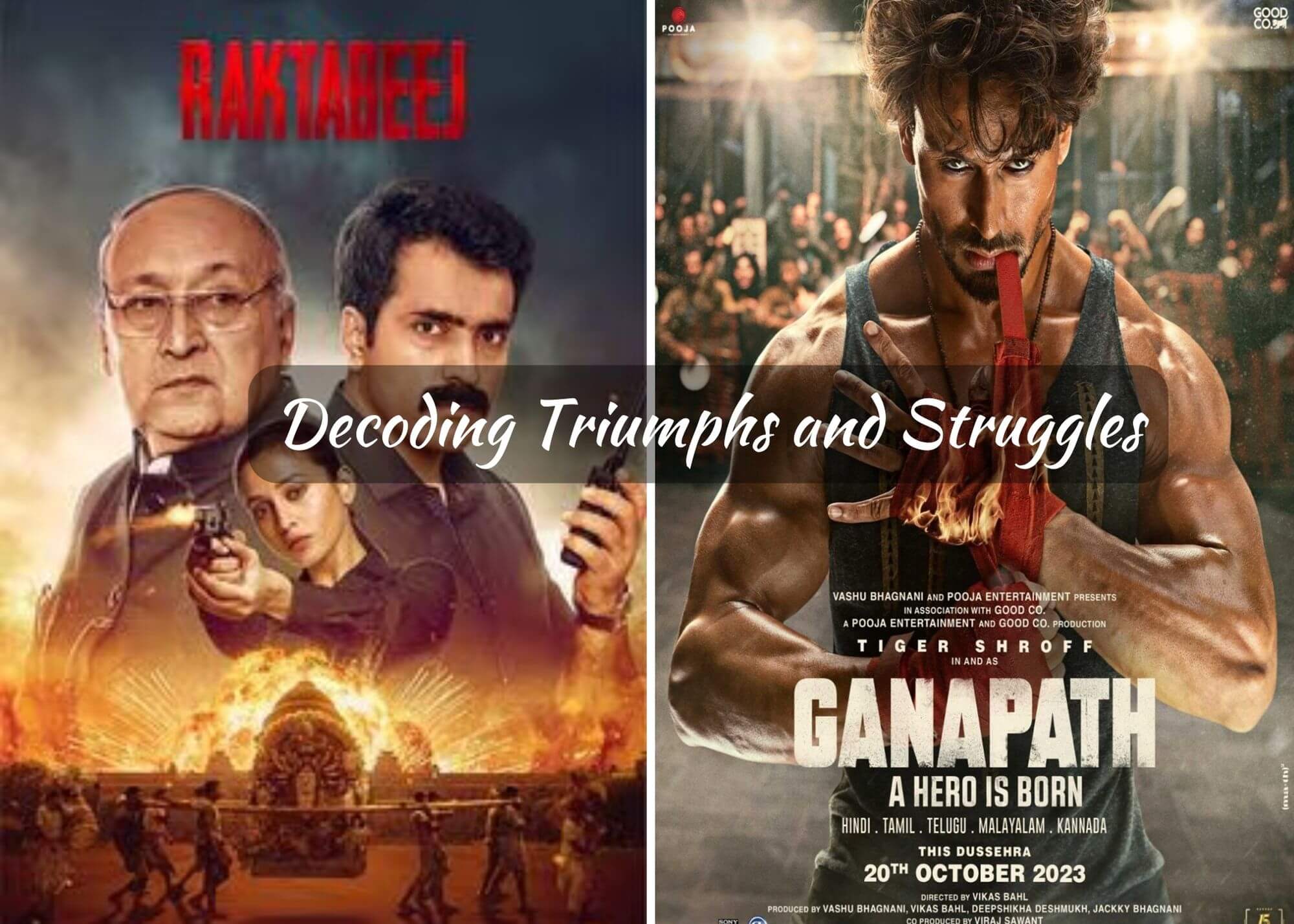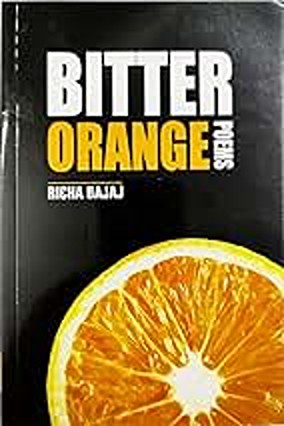Directors Roy and Mukherjee explore the action-packed landscape in ‘Raktabeej,’ a captivating departure from their usual genre, while Bahl’s ‘Ganapath’ is lauded for its character development but leaves viewers questioning its narrative structure, critiques Sukanya exclusively for Different Truths.

Directors Nandita Roy and Shiboprosad Mukherjee, known for their heartwarming social and family dramas, have embarked on a thrilling cinematic adventure with “Raktabeej.” This action-packed film catapults the duo into a whole new genre, and the results are nothing short of intriguing.
A Remote Setting and an Explosive Conflict
The narrative of “Raktabeej” unfolds against the backdrop of a remote locale, Khoyragarh. The story kicks off with a thunderous explosion that uncovers a web of terror, coupled with a sinister plot to assassinate the President of India, who happens to be close. This explosive revelation sets the stage for a high-stakes showdown that requires the cooperation of local law enforcement and specialists from the ‘Centre.’
A Masterful Script
Roy and Mukherjee are lauded for their meticulous script, which weaves together various days and segments seamlessly, creating an intricate tapestry of intertwined narratives. What initially appears to be a straightforward operation story soon reveals itself as a multifaceted exploration of diverse characters and their complex interpersonal relationships. This narrative complexity is a hallmark of the directorial duo, evident in their previous works like “Gotro,” “Bela Seshe,” and “Praktan.” It’s worth noting that this complexity doesn’t detract from the film’s fast-paced momentum, aided by tightly edited and well-shot action sequences, a nod to the brilliant work of Pratip Mukherjee.
Character Development at its Core
One of the standout strengths of “Raktabeej” is its emphasis on character development. The film delves deep into the lives and histories of its protagonists, bringing forth layered and relatable personas. The camaraderie between the President of India, portrayed with signature gravitas and charm by Victor Banerjee, and his older sister (Anashua Majumdar) is depicted with a poignant blend of affection and flashbacks from their shared childhood. Abir Chatterjee and Mimi Chakraborty’s on-screen chemistry, as Pankaj Sinha and regional police head Sanjukta, injects both drama and humour into the plot. However, it’s Kanchan Mullick who steals the show as the local police officer, adding a memorable catchphrase and a touch of linguistic humour, reminiscent of a scene from “Praktan.”
Cinematography, a Mixed Bag
While “Raktabeej” excels in character development, the same cannot be said for its cinematography. While the action sequences are expertly executed and edited, the film as a whole doesn’t showcase the same level of visual finesse. The cinematography is a missed opportunity, failing to fully capture the visual potential that such an action-adventure narrative offers.
Harmonious Music and Subtle Poetry
The film’s music plays a strategic role, enriching the viewing experience. From the spirited “Gobindo daant maje na” to the mellifluous “Nakku Nakur Na Jao Thakur,” and the beautiful “Gouri Elo,” the soundtrack complements the storyline without overshadowing it. Furthermore, the tasteful use of poetry, notably “Birpurush” by Rabindranath Tagore, adds depth and cultural resonance to the narrative.
A Powerful Message, Unfinished Character Arcs
“Raktabeej” aspires to deliver a poignant message about terrorism. In its noble pursuit of this message, the film might leave some character arcs underdeveloped. This is a small trade-off for a film that attempts to tackle complex social issues.
“Raktabeej” is a must-watch for cinema enthusiasts eager to witness how Roy and Mukherjee, recognized for their social and family dramas, navigate the turbulent waters of action-adventure filmmaking. The film’s strengths lie in its character development and compelling action sequences. While the cinematography falls short of its potential, “Raktabeej” makes a valiant effort to broaden the horizons of its accomplished directors. It is a testament to their versatility and willingness to push the boundaries of their craft. This season, “Raktabeej” deserves a spot on your watchlist.
***
In the film “Ganapath: A Hero is Born,” directed by Vikas Bahl, there are some noteworthy elements in terms of character development and cinematography, but the overall story structure may leave viewers finding it unrealistic. Here’s why:
Character Development (Positive)
The film excels in character development, particularly in the transformation of Guddu into Ganapath. Tiger Shroff’s portrayal of the dual roles is noteworthy, showcasing his versatility as an actor. The evolution of these characters is well-defined, allowing the audience to connect with their motivations and changes. The relationship dynamics, especially Ganapath’s connection with his grandfather (Amitabh Bachchan), add depth to the narrative.
Cinematic Elements (Positive)
The film demonstrates a strong visual style and creative use of cinematography. The post-apocalyptic dystopian setting is effectively portrayed, immersing the audience in the world of Ganapath. The action sequences and choreography, often associated with Tiger Shroff’s films, are engaging and well-executed. The use of visuals, including special effects, contributes to the overall mood and tone of the film.
Story Structure (Negative)
While the character development and cinematic elements are commendable, the film’s story structure is where it faces challenges. “Ganapath” is set in a dystopian 2070 and centers around Ganapath’s mission to protect his people from a dangerous syndicate. However, the narrative feels unrealistic and fails to establish a strong connection with the viewer. The plot is thin, and the film relies on hackneyed means to bolster its storyline. The lack of logic in various aspects, as pointed out by some critics, contributes to its shortcomings.
Critical Reception
The film’s critical reception has been generally negative, with many reviewers highlighting the thin plot and the film’s struggle to maintain a logical and engaging narrative. Several critics have given the film low ratings, emphasizing its lack of substance and the unconvincing execution of the storyline.
“Ganapath: A Hero is Born” shines in terms of character development and cinematic elements, but it falls short when it comes to the story’s structure, which is perceived as unrealistic and lacking depth. The critical reception has been unfavourable, with reviewers pointing out the film’s weaknesses in storytelling and execution. While it may have some visual and character-driven strengths, it might not be the most satisfying cinematic experience for those seeking a well-rounded and coherent narrative.
Picture collected from IDbm






 By
By
 By
By
 By
By
 By
By